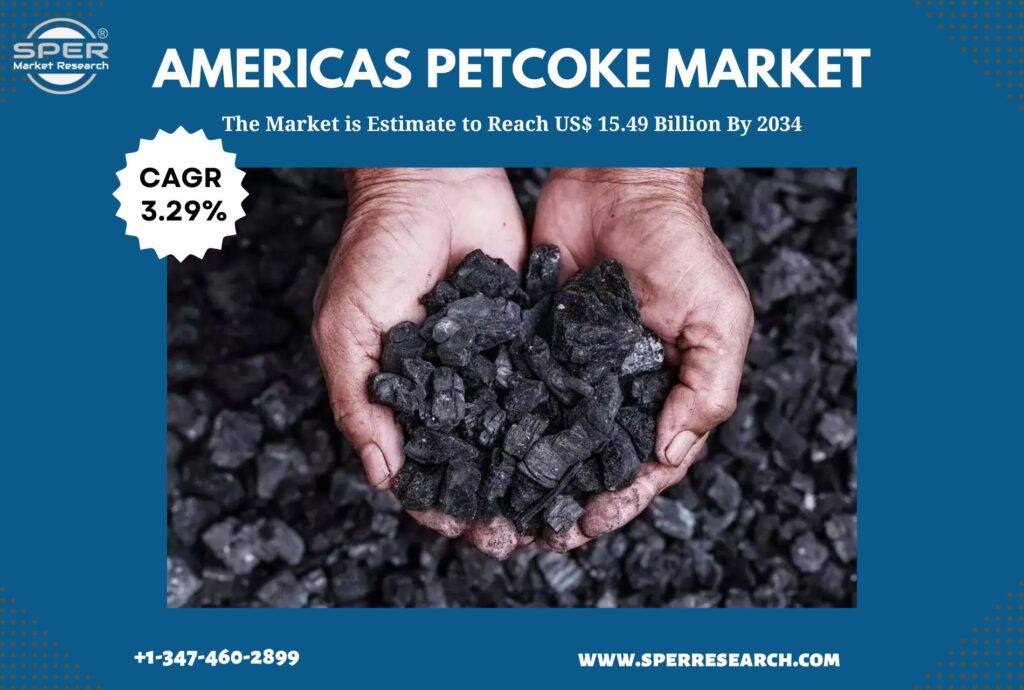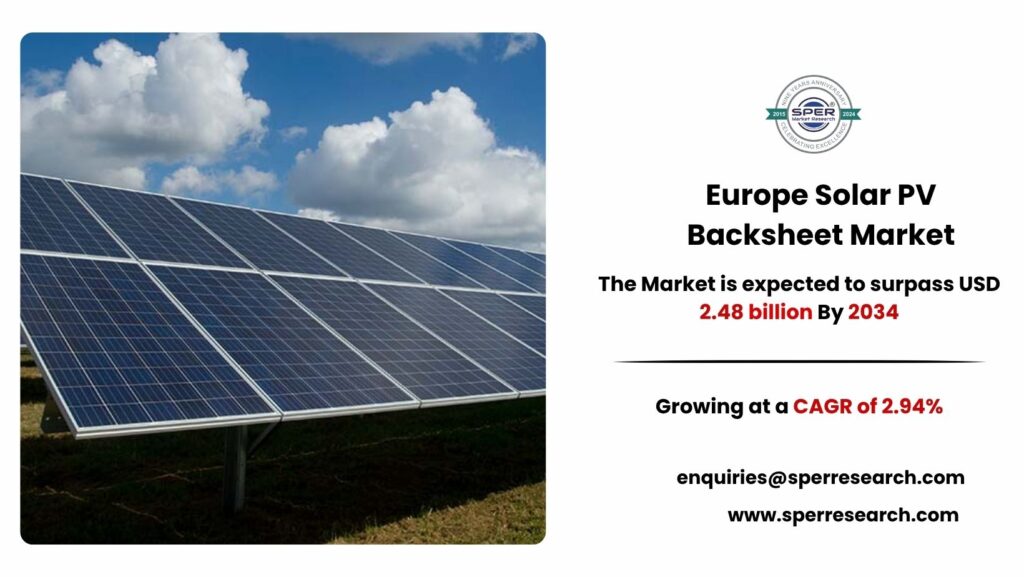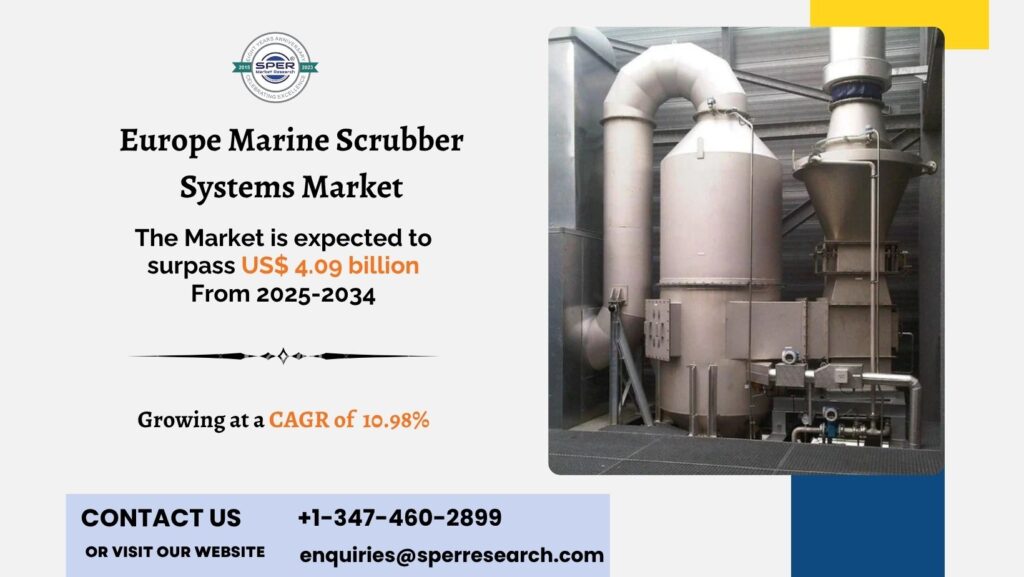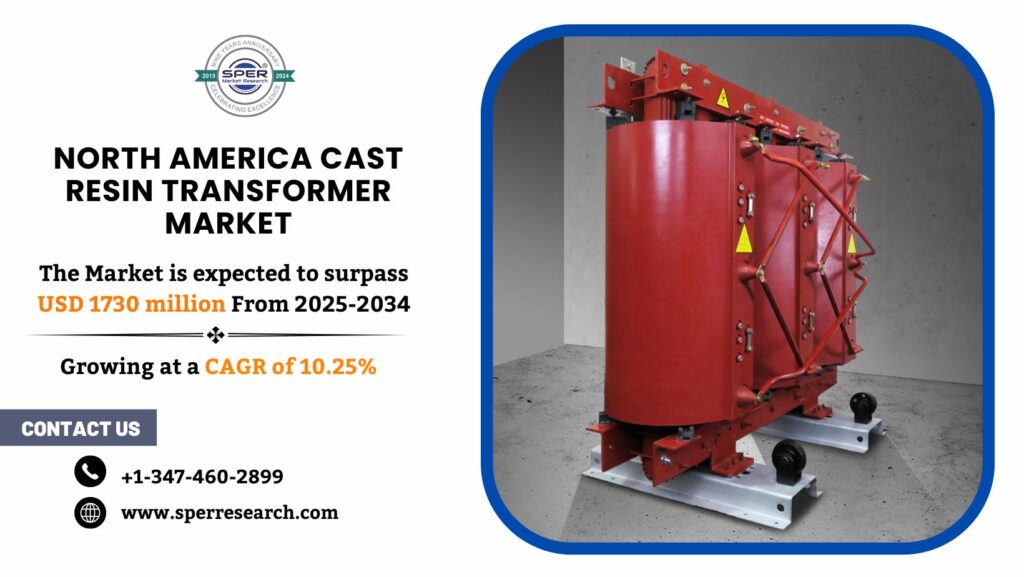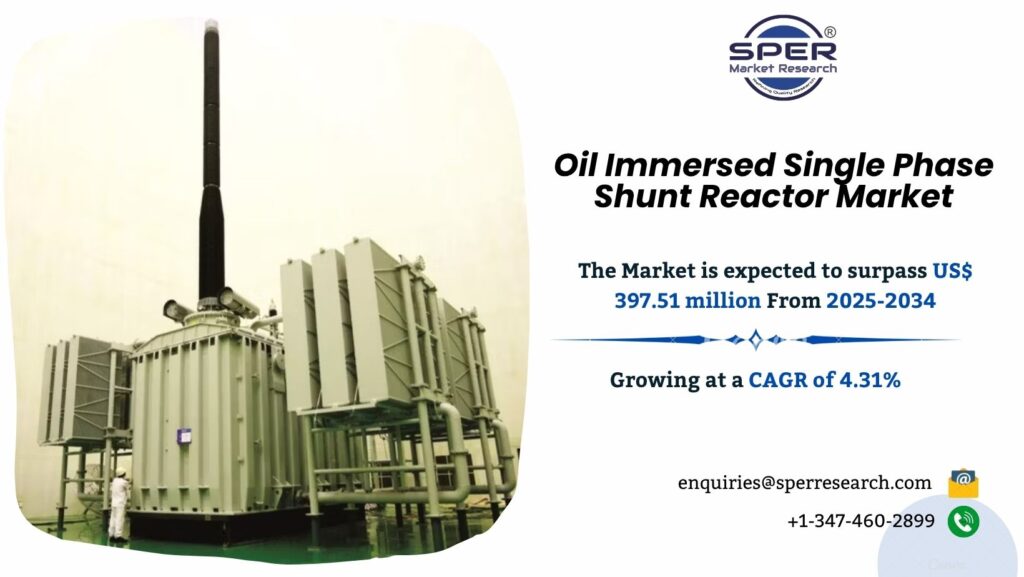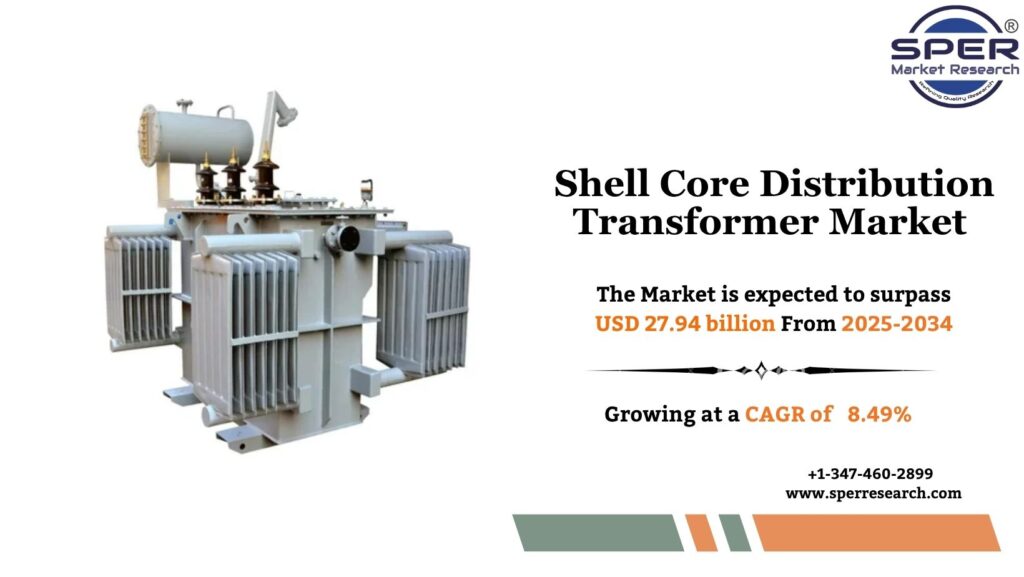An industrial generator is a robust and reliable power solution designed to supply electricity for large-scale operations, particularly in manufacturing, construction, healthcare, data centers, and other critical industries. Unlike residential generators, industrial generators are engineered to handle high-capacity loads and provide continuous or backup power during outages. They are available in various fuel types such as diesel, natural gas, and propane, ensuring flexibility and efficiency. With rising dependence on uninterrupted energy for industrial productivity, the demand for durable, efficient, and eco-friendly generators is consistently growing worldwide. Consequently, industrial generators play a vital role in supporting economic activity and ensuring operational resilience.
According to SPER market research, ‘Asia Pacific Industrial Generator Market Size- By Power Rating, By Fuel, By Application – Regional Outlook, Competitive Strategies and Segment Forecast to 2034’ states that the Asia Pacific Industrial Generator Market is predicted to reach USD 26.58 billion by 2034 with a CAGR of 7.58%.
Drivers:
The Asia Pacific industrial generator market is experiencing robust growth, driven by rapid industrialization, urban infrastructure expansion, and rising demand for reliable power in economies such as China, India, and Southeast Asia. Growing manufacturing activities, construction projects, and developments in oil, gas, and mining sectors are fueling demand for dependable power solutions. Frequent grid instability and power outages further enhance the need for scalable and uninterrupted backup systems. Government initiatives to reduce downtime, combined with stricter environmental regulations, are accelerating the adoption of energy-efficient generators. Increasing focus on sustainability and operational continuity is encouraging industries to shift toward advanced, eco-friendly generator technologies.
Request a Free Sample Report: https://www.sperresearch.com/report-store/asia-pacific-industrial-generator-market?sample=1
Restraints:
Despite strong growth prospects, the Asia Pacific industrial generator market faces significant challenges. High upfront investment and operational expenses, particularly for diesel-based units, remain barriers for small and medium-sized enterprises. Additionally, stringent environmental regulations on emissions and fuel consumption are pushing both manufacturers and end-users toward more sustainable alternatives. The global transition to renewable energy and cleaner technologies is reshaping energy strategies, reducing reliance on conventional gensets. Maintenance and fuel costs also add long-term burdens, especially in cost-sensitive markets. Rising environmental concerns and carbon reduction commitments are accelerating interest in hybrid and battery-based backup solutions. Unless addressed through innovation and regulatory support, these challenges may constrain widespread adoption and slow overall market penetration.
Regional Analysis:
China’s industrial generator market is gaining significant momentum, driven by the adoption of cleaner and more efficient technologies. These innovations enhance reliability, performance, and operational efficiency while supporting the country’s broader objectives of reducing emissions and optimizing energy use. Some of the key players are Ashok Leyland, Atlas Copco, Caterpillar, Cummins, Dheere & Company and others.
For More Information, refer to below link: –
Asia Pacific Industrial Generator Market Share
Related Reports:
Americas Petcoke Market Growth
Follow Us –
LinkedIn | Instagram | Facebook | Twitter
Contact Us:
Sara Lopes, Business Consultant — USA
SPER Market Research
enquiries@sperresearch.com
+1–347–460–2899



